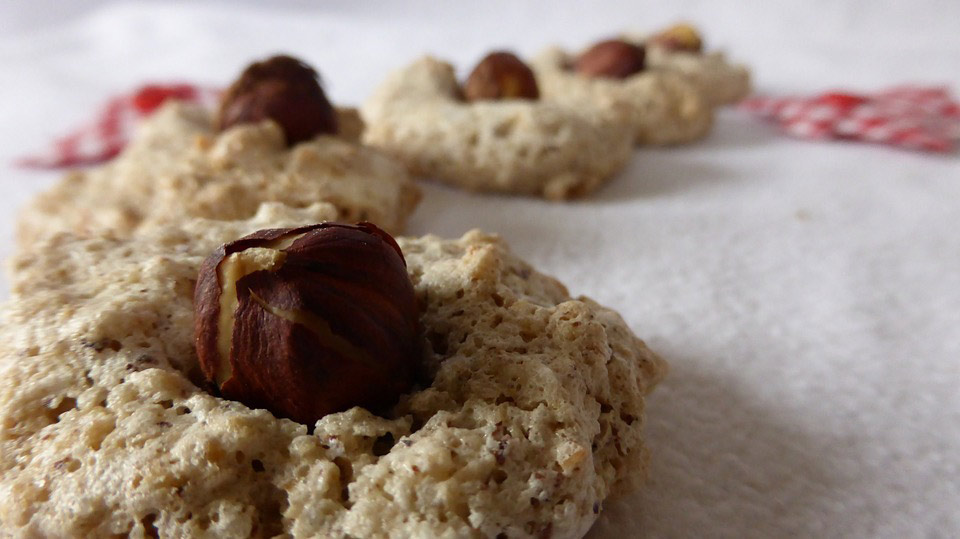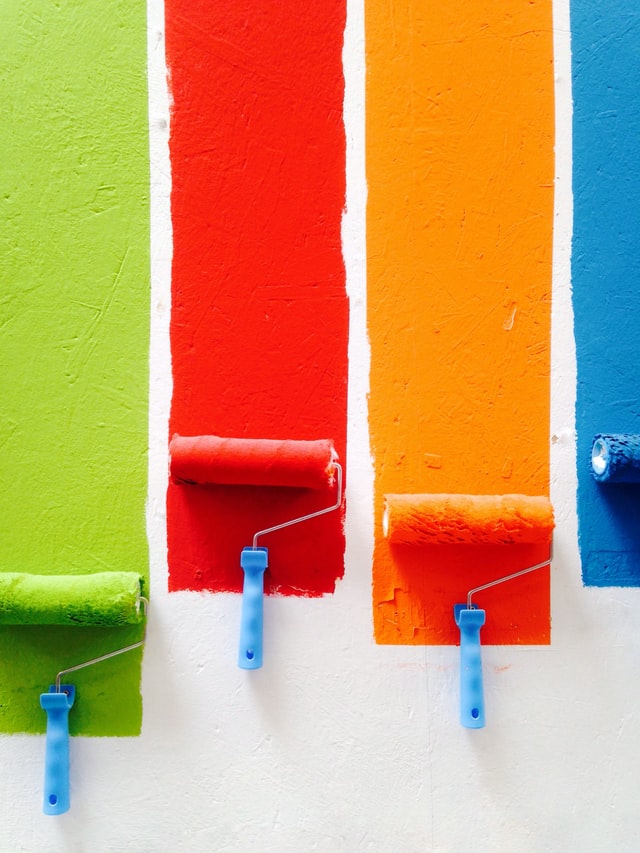Embarking on a ketogenic diet can be overwhelming. Knowing what you can eat and what you cannot helps to stay in plan with your diet. If you are wondering if quest protein cookies are keto-friendly, this article can be resourceful. You will learn whether or not you should include them in your keto diet.
Quest protein cookies are low-sugar cookies made by Quest Nutrition. These cookies are designed to satisfy sugar cravings without building up on your carb intake per day. They come in different flavors, some common ones being double chocolate chip, oatmeal raisin, peanut butter and chocolate chip and go well with keto-friendly wine. But, are they really keto-friendly?
Quest Cookies Carbs Composition
From the Quest Nutrition description, each Quest cookie has 15 grams of protein hence considered a high-protein snack, if you’re searching for the best keto protein powder check out https://ketogenicdiet.reviews/best-keto-protein-powder/. They are relatively high in fiber, with 9 to 12 grams per cookie. The carbs in these cookies vary from one flavor to the other.
For example, the chocolate chip cookie has about 19 grams of carbs per serving. And because they calculate these as net carbs, these cookies weigh in at about 5 to 10 grams of carbs per cookie. So, following the nutritional information about these cookies, they are strictly not low-carb.
When on a keto diet, it is recommended that you stay within a limit of 20 grams of carbs per day. A few Quest cookies will get you near the limit, and you could quickly go over your carb intake on a day. You would instead find the best keto protein powder and stay within your carb limit.
Are Quest Cookies Keto?
From a health perspective, Quest Cookies are on the healthier side of things. They are high in protein, low in sugar and generally packed with safe ingredients. But, are they keto? Probably not. For example, the Oatmeal raisin cookie has 9 grams of net carbs. This would be ideal for a super active athlete that can handle a high carb intake.
But, if you are starting on keto, Quest cookies aren’t the best snack for you. One or two a week wouldn’t hurt, but these cookies should not be in your day-to-day diet. They have plenty of carbs that do not align with the keto diet. These would slow down your progress and, most likely, revert you to buying unhealthy snack options.
That said, it does not mean that you cannot benefit from these cookies. One, they are high in protein and typically match the keto diet in that aspect. Even though the carbs might be a little too much as a regular snack, you could still enjoy these cookies, especially when you need to satisfy your sugar cravings.
Furthermore, they are much better than the protein bars packed with wheat flour and brown sugar. On this note, they can come in handy as a snack when transitioning to wean yourself off regular cookies. As long as you limit their intake to a minimum, you should stay in course with your diet.










